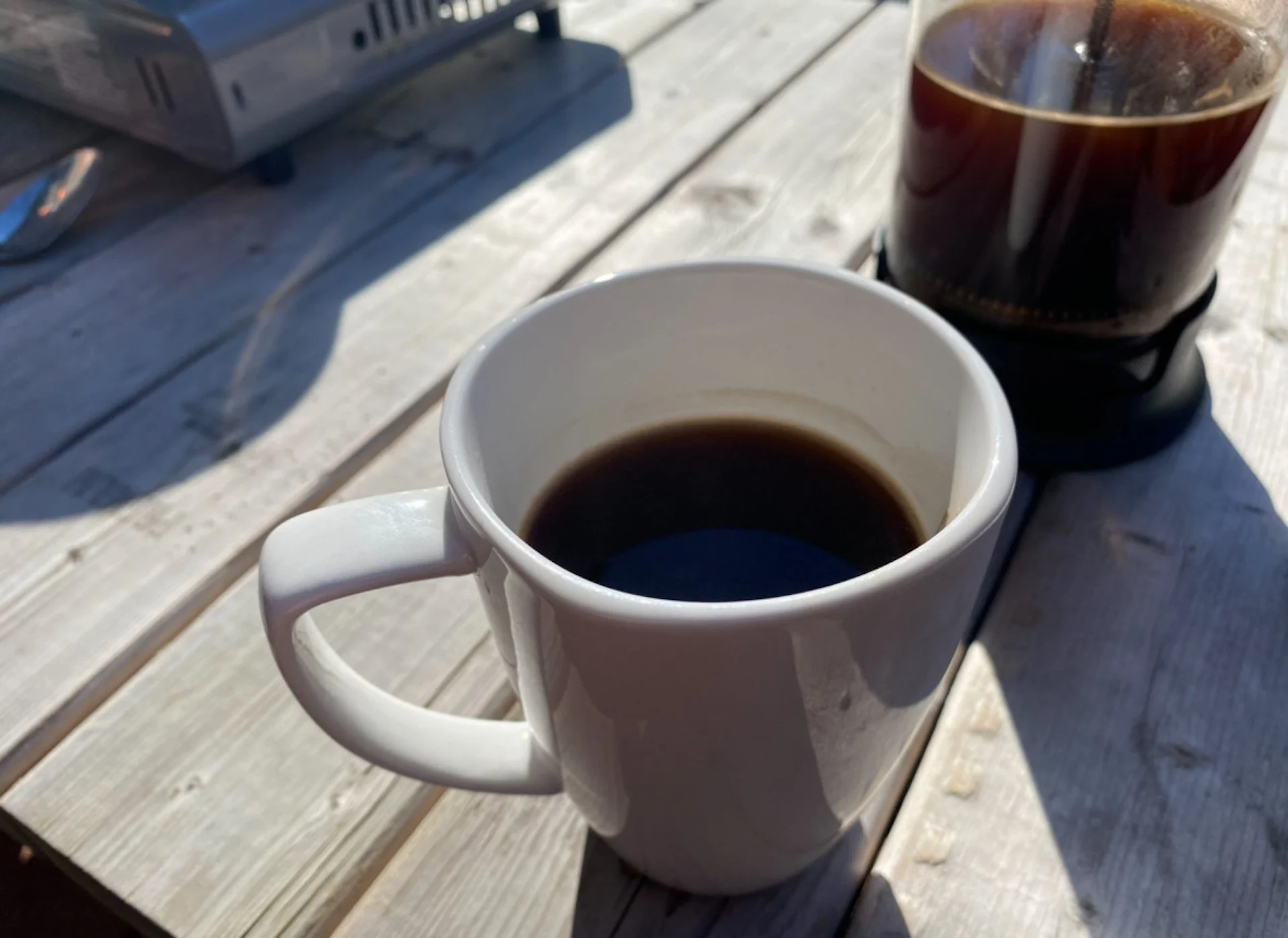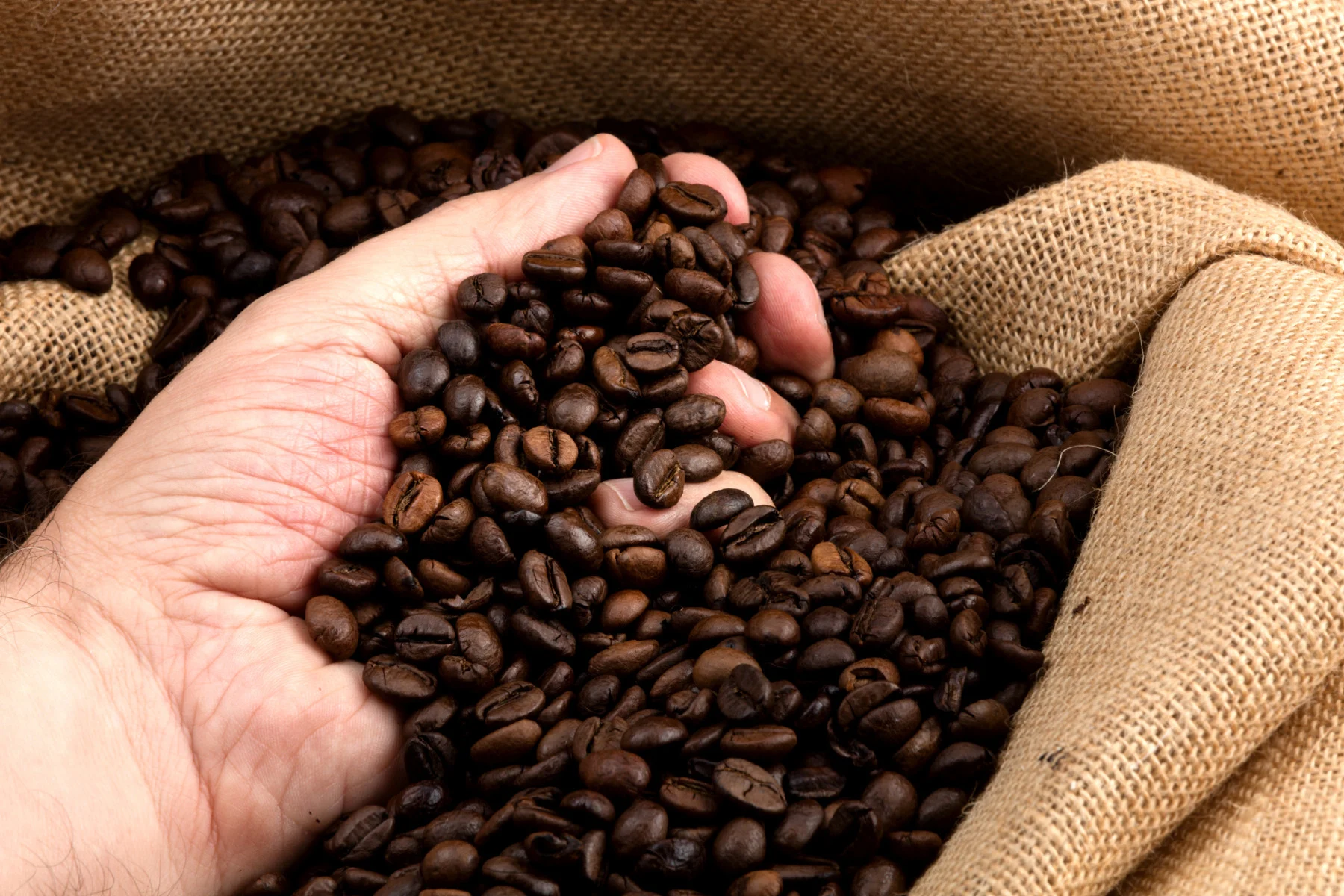
How to use the law of gravity to get the most from your coffee beans
Climate change is making Arabica coffee beans harder to grow, causing prices to rise. The Weather Network explains how physics can help you get the most out of your coffee beans.
Arabica beans are a prized possession amongst coffee connoisseurs.
However, multiple years of bad weather and increasing temperatures have made it harder to grow them.
So, what are people trying to do people to remedy the escalating problem to ensure they get their cup of joe?
Well, one idea is to move the cultivation sites to higher altitudes in the mountainous regions, so you can imagine that this makes it even harder to cultivate.

(PepeBaeza/ iStock/ Getty Images Plus)
The beans are grown everywhere around the equator––from South America to Africa and Asia––and while the plant thrives in extreme heat, temperatures warming by a few degrees can cause the seed or bean that we drink to deteriorate in quality.
Arnold Mathijssen, University of Pennsylvania researcher and assistant professor, developed a method to make pour coffee that would use 18 grams rather than the standard 20, but you will get the same amount of extraction needed for a tasty cup.
The slower you pour, the more contact there is between the water and the coffee grounds.
But if you go too slow, the grounds don’t mix sufficiently, lowering the extraction.

(Nathan Coleman/The Weather Network)
“What you want is to lift up the kettle a little bit, and then the velocity or the impact that the coffee has on the grounds will help with the mixing. So then you can still pour very slowly, but from a height, and then you have both a long extraction and also plenty of mixing to make sure that you get equal distribution everywhere," said Mathijssen, in a recent interview with The Weather Network.
The higher you are, the slower you pour the stream might break down into droplets.
“This is called the Raleigh-Plateau instability," said Mathijssen.
To avoid this, you can use a goose neck kettle with a longer spout to keep a steady stream.
The technique leads to an additional extraction of five to 10 per cent.
